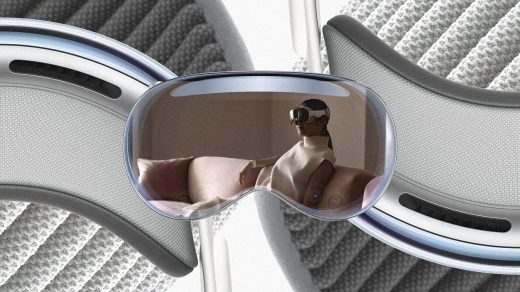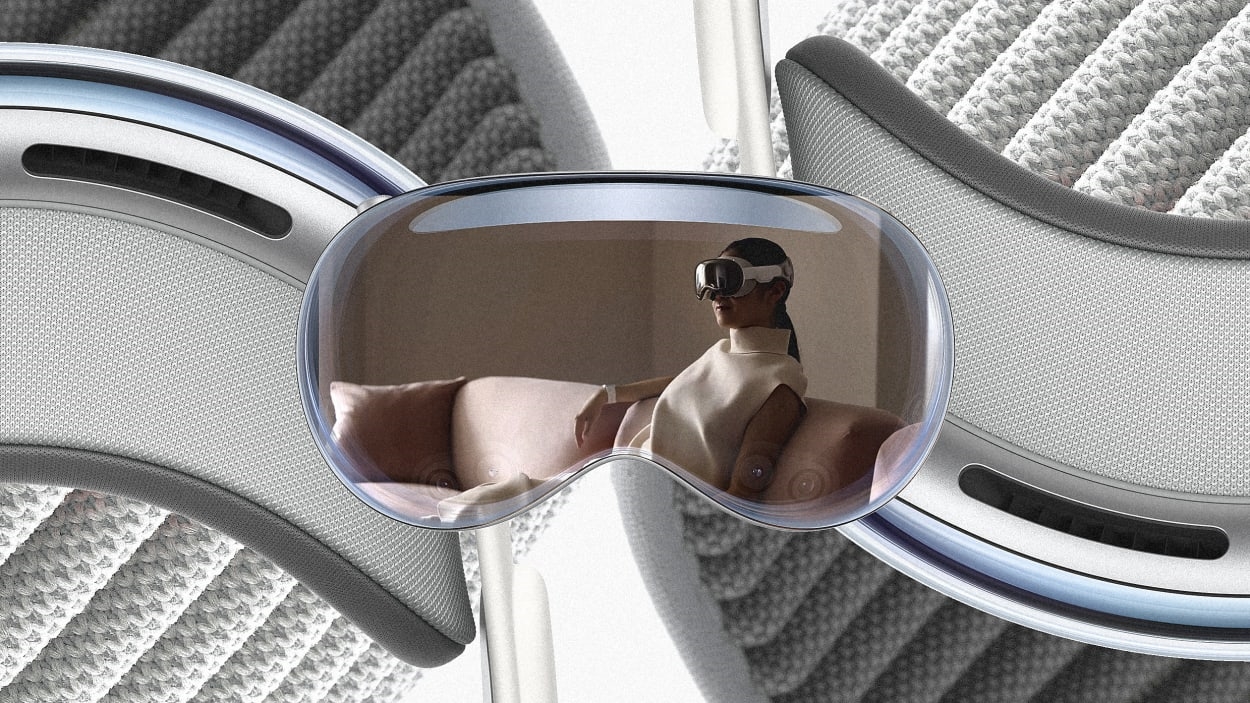4 design lessons learned from Apple’s Vision Pro
By Robert Fabricant
Make no mistake: The demo introducing Apple’s new Vision Pro headset was fundamentally about software more than hardware. Apple CEO Tim Cook seemed to bring an almost religious fervor to launching Apple’s next computing paradigm as a counterpoint to Zuckerberg’s warmed over vision for the Metaverse. But while Apple has long been known as a design-led company, its headset seemed like a vehicle primarily designed to introduce Apple’s vision for a new era of “spatial computing.”
But this is Apple, so every element of the industrial design must be scrutinized. Apple’s design choices have been instrumental in the introduction of every one of its revolutionary devices. So what did Apple get right and wrong in the initial release of the Vision Pro? And which elements will set the standard for future AR headsets and which might fall away?
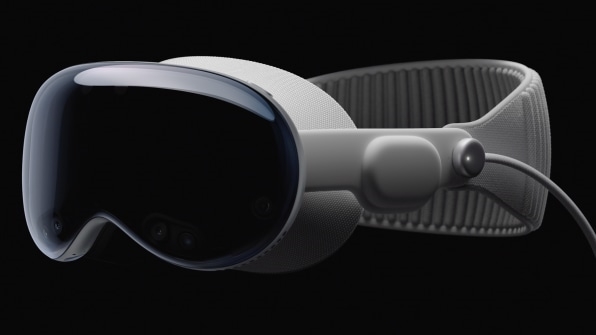
In the case of this curious, $3,500 headset it might be a bit harder to predict than in the past. Both the iPod and iPhone emerged fully formed in their first iterations, easily recognizable even 10-plus years later based on their form factor and distinctive physical interfaces. These devices beautifully communicated their intended use through a distinctive form (“Touching is believing” as the slogan goes). Will Apple be able to maintain that unique design advantage when the spatial environment becomes our interface?
Headsets have always been a bit of a crutch for designers. If they are well-designed, then the user should be largely unaware of them during the experience. That is why companies like Meta and Microsoft have been able to stumble their way into the space well ahead of Apple. Their goggles are really just packaging for the real experience—a bit of Buzz Lightyear styling and they are off to the races. With all the skeuomorphic software wizardry Tim Cook and team demonstrated, it’s tempting to think of the Vision Pro’s industrial design as secondary. If the spatialized software experience is so breathtaking, who cares about the industrial design once the headset is on our face?
Yet Apple has always succeeded because their products fit so well into an instagrammable, digitally enhanced vision of our physical world. We don’t just want to see and be seen online. We want to be seen with and in Apple products. Desire drives Apple’s success. And they have never needed it more than with their new headset, as it will be a long, long road before this $3,500 product is mainstream. With the headset not even arriving until next year, the beauty of the product (both hardware and software) need to carry us along until the use case and price land somewhere that is at least viable for more people.
So, did Apple get there or not with the new Vision Pro?
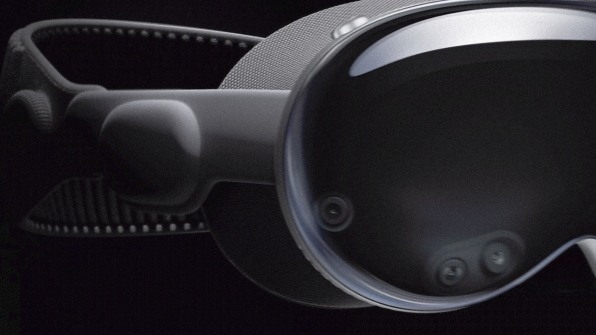
Lesson 1: Heads are complicated
The ergonomics of a headset are not simple to get right. Having been exposed to frog design’s work on the Disney Magic Band, I can assure you that wrists are not easy to create a universal design for, much less faces. Yet, even the most ardent Apple Watch haters in the watch-collecting community drooled over the company’s DLC-coated bracelet when it was released in 2016: “probably the single best designed bracelet I’ve ever seen on any watch, period,” they wrote.
In the smartwatch space, Apple quietly leapfrogged the industry, and it has taken traditional manufacturers several years to catch up. But wrist measurements are one-dimensional—child’s play compared to a face, which has much less room for error than our ears (Airpods) and wrists. Glasses come in a pretty infinite array of shapes and sizes for this very reason, and even then they require micro adjustments to get to the right “fit.”
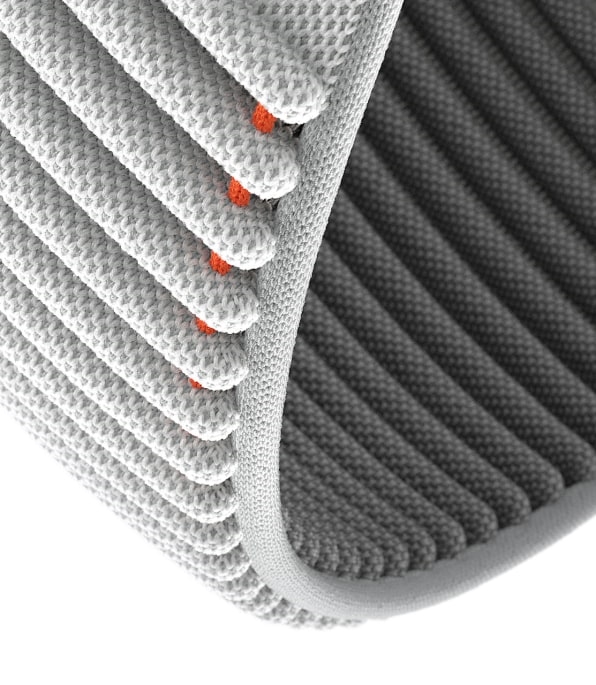
No matter how iconic the overall design, a headset’s adjustability is the most imperative feature to get right. Apple uses a simple dial on the Vision Pro, which I am sure is up to the job, but I was hoping for something a bit more dynamic and self-adjusting. Apparently the initial product will ship with a variety of headbands to ensure a comfortable fit given the massive range of face shapes and sizes. While that solution is fine for a pair of $300 Airpods, which ship with a variety of buds, I would expect more ingenuity for $3,500, particularly since I imagine the same device will likely be shared amongst a bunch of different family members (at least until it is more affordable). Swapping headbands does not seem like a very Apple experience.
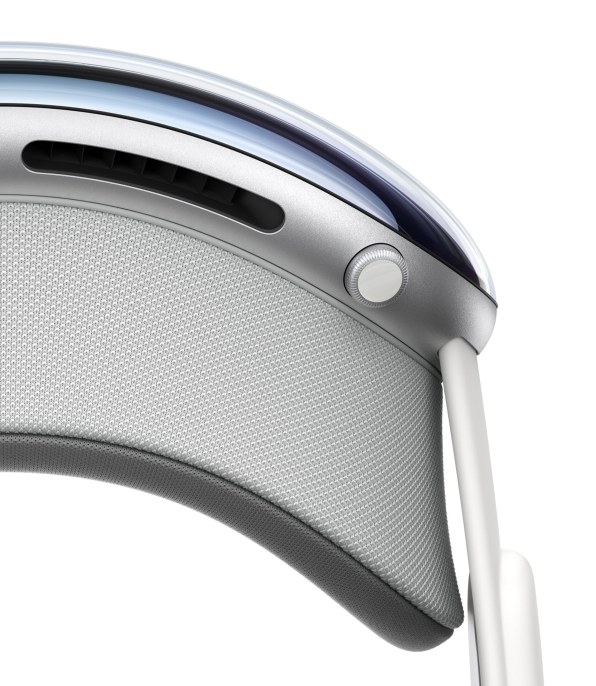
Lesson 2: Materials trump form factor
Wearables are the most demanding consumer tech category on the planet with extreme tradeoffs in size, weight, performance, and cost. This is doubly true of any tech we might choose to wear on our faces. So, the design of a headset to meet Apple’s exacting standards requires new, highly bespoke solutions optimized to the level of microns. Fortunately, Apple has already built those muscles as they continue to optimize the other devices in their portfolio—famously tapping the best technical skills in the jewelry business for the Apple Watch product line.
It makes sense then that they believe the headset is a category they will ultimately win. The seamless elegance of the Virtual Pro goggles should not be taken for granted just because it is expected of Apple—though the decision to transfer the battery pack to an awkward peripheral is a bit of a cop out as it makes it a whole lot easier to create an Apple style of design for the goggles. The continued development and productization of the Vision Pro will take their materials capabilities to a whole new level. While we all admire Apple’s showstopping industrial design, materials wizardry is the true and sustainable source of much of its competitive advantage. Continued advances in transparent and flexible OLED display technology will likely benefit Apple’s entire product line for years to come.”
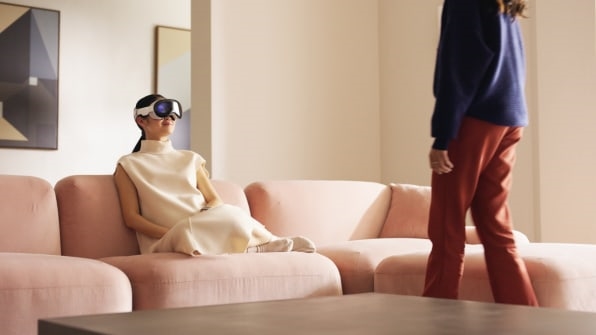
Lesson 3: Good design anticipates social awkwardness
Our faces are the ultimate source of our individual identity. An entire portion of our brain is devoted to reading and interpreting other people’s emotions based on facial recognition.
Apple’s headset is intended as a mixed reality device, and many of the demos showed it being used in social situations—with a coworker reaching in between virtual displays at one point to hand a card to the person wearing this headset (super awkward moment) that underscores the challenge of mixed reality.
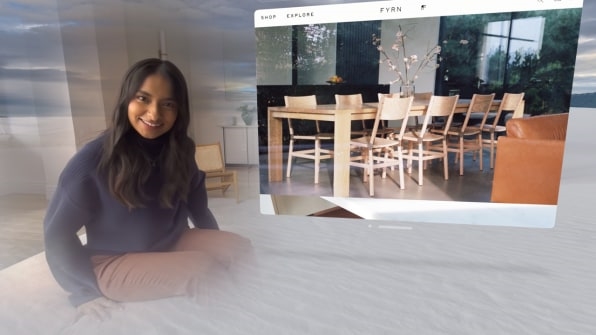
Google Glass didn’t fail back in 2013 because its design was particularly clunky. Early adopters were quickly branded as #Glassholes precisely because of the discomfort (and implied threat) that discrete AR displays can create in social settings. Google introduced Glass at a time when social media was on the rise and there was much less suspicion about digital surveillance—and it was still roundly rejected in the market. Consider how the discourse around AI has heightened suspicions of tech and data in 2023.
Discrete, personal AR displays will inevitably introduce asymmetries into social dynamics that are quite troubling. Get ready for an entire world of awkward interactions if Apple’s vision AR really takes off and these sorts of headsets are commonplace, at least in the workplace. The real key to Apple’s incredible success has been its ability to situate computing in social spaces, not physical ones.
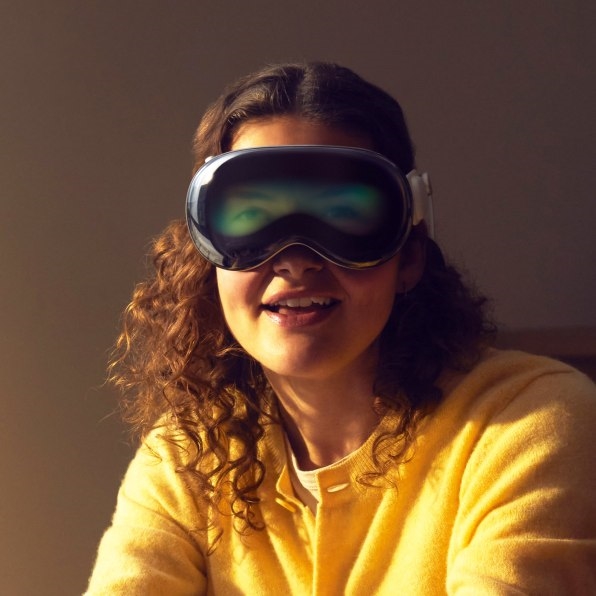
The most critical (and magical) design decision to address this awkwardness is the inclusion of an outward-facing display Apple is calling “Eyesight.” This feature, which communicates when the wearer is immersed in content, is important not just for social cues to others, but to preserve the integrity of our identity and expression. It’s one way to make sure this device is not dehumanizing. This design choice could open doors to many forms of expression that can be brought to the outward facing surface of the headset—an idea that has been explored by Frog design and others over the years but never brought to market.
This is exactly the kind of expensive, “superfluous” feature that would probably be cut by almost any other company trying to enter this competitive market. If nothing else survives from the Vision Pro I hope that this becomes a standard for AR headsets moving forward, like the addition of forward-facing cameras on our smartphones. This is paired with a digital crown (borrowed from its watch) to perform the neat trick of adjusting the opacity of the interface. This is a nice touch and creates some symmetry in terms of transparency and presence for both sides of the experience. It also serves as one of the few examples of shared DNA with their broader family of products.
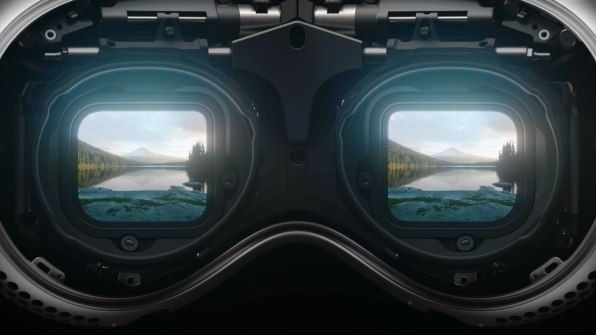
Lesson 4: It might fail, but that’s ok
Apple has grown well beyond Steve Jobs’ legacy as a business, but its entire hardware portfolio has direct lineage to the ideas he held dear and the design elements he fetishized from the beginning of Apple. Very little sat outside Jobs’ imagination, but very few products also met his bar for general release. The Vision Pro steps much further away from Jobs’ legacy than anything Apple has attempted since his death in 2011. With this headset, Cook and team are opening up new territory for Apple without Jobs and Jony Ive leading the way.
The Vision Pro’s product design does not yet speak to our imagination. Despite all the slick finishes it is just a sleeker pair of goggles. Its legacy is not the Mac, iPod, or the iPhone—it’s the Newton, which Apple launched in 1993, nearly 40 years to the day. The Newton played a critical role in ushering in the era of palm computing, just as the Segway has played a key role in a lithium battery fueled revolution in personal transportation that we enjoy today (despite its commercial failure). We would not have the iPod or iPhone without the Newton. The product design helped us to see what was possible even if it wasn’t particularly desirable. But very few of us ended up owning one. I wouldn’t be surprised if the Virtual Reality Pro meets with the same fate.
(15)

